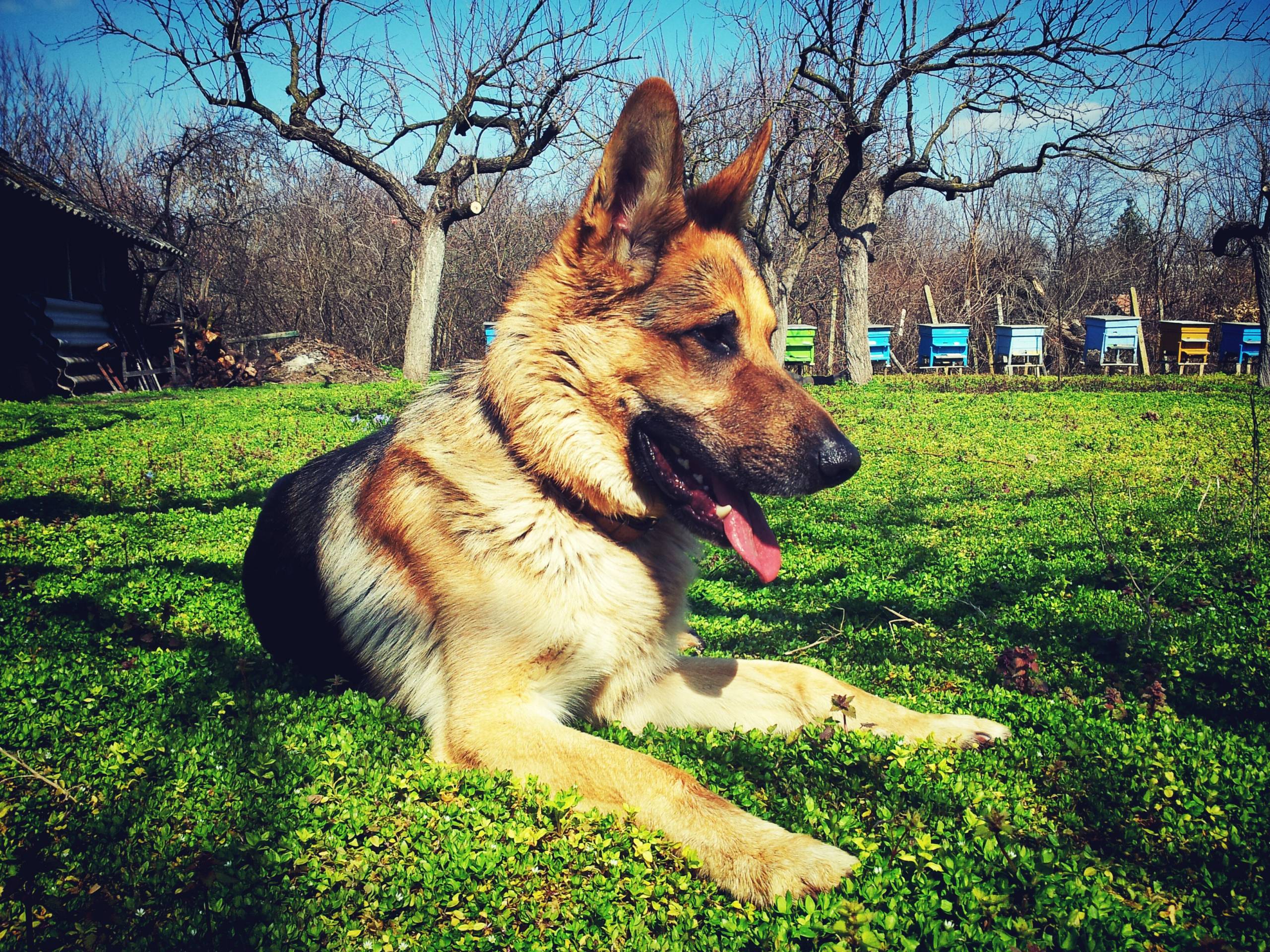
Understanding Your Dog’s Behavior
Before diving into training techniques, it’s crucial to understand your dog’s behavior. Dogs are highly social animals with their own unique personalities and instincts. By recognizing and acknowledging their natural behaviors, you can tailor your training methods accordingly.
Dogs communicate primarily through body language, so it’s essential to observe their behavior closely. Pay attention to their facial expressions, tail movements, and body posture. This will help you decipher their emotions and respond appropriately during training sessions.
Establishing a Positive Environment
Creating a positive and conducive environment is key to successful dog training. Dogs thrive in an environment where they feel safe, loved, and rewarded for their efforts. By using positive reinforcement techniques, such as treats, praise, and play, you can motivate your dog to learn and behave well.
Consistency is another crucial aspect of training. Establish a set of rules and routines and stick to them. Dogs are creatures of habit and appreciate a predictable routine. Consistency in your training methods and expectations will help your furry friend understand what is expected of them.
Basic Obedience Training
Basic obedience training provides the foundation for a well-mannered dog. Start with simple commands like “sit,” “stay,” and “come.” These commands are essential for your dog’s safety and their ability to interact with others.
When training, use clear and concise verbal cues accompanied by hand signals. Dogs are quick learners and can associate these cues with specific actions. Remember to reward your dog immediately after they perform the desired behavior, reinforcing their positive actions.
Patience and Persistence
Training a dog takes time, patience, and persistence. Dogs, like humans, have different learning abilities and may require varying amounts of time to grasp certain commands or behaviors. It’s important to remain patient and avoid getting frustrated during the training process.
Each dog is unique, and some may need more time to understand and respond to training. Celebrate every small achievement along the way, as this will motivate both you and your furry friend to continue progressing.
Seek Professional Help if Needed
Sometimes, despite our best efforts, we may encounter difficulties in training our dogs. It’s important to recognize when you might need professional assistance. Professional dog trainers have the expertise and experience to address specific behavioral issues and offer guidance tailored to your dog’s needs.
If you find yourself struggling or facing challenges during the training process, don’t hesitate to reach out to a professional. They can provide valuable insights and techniques that will help you overcome any obstacles.
Training your dog is a rewarding journey that strengthens the bond between you and your furry companion. By understanding your dog’s behavior, creating a positive environment, practicing basic obedience training, and exhibiting patience and persistence, you can successfully train your dog and enjoy a fulfilling relationship together.
Remember, training is a continuous process that requires time and effort. Embrace the journey, and you’ll undoubtedly witness the transformation of your beloved pet into a well-behaved and happy member of your family. Happy training!
[/fusion_text]

